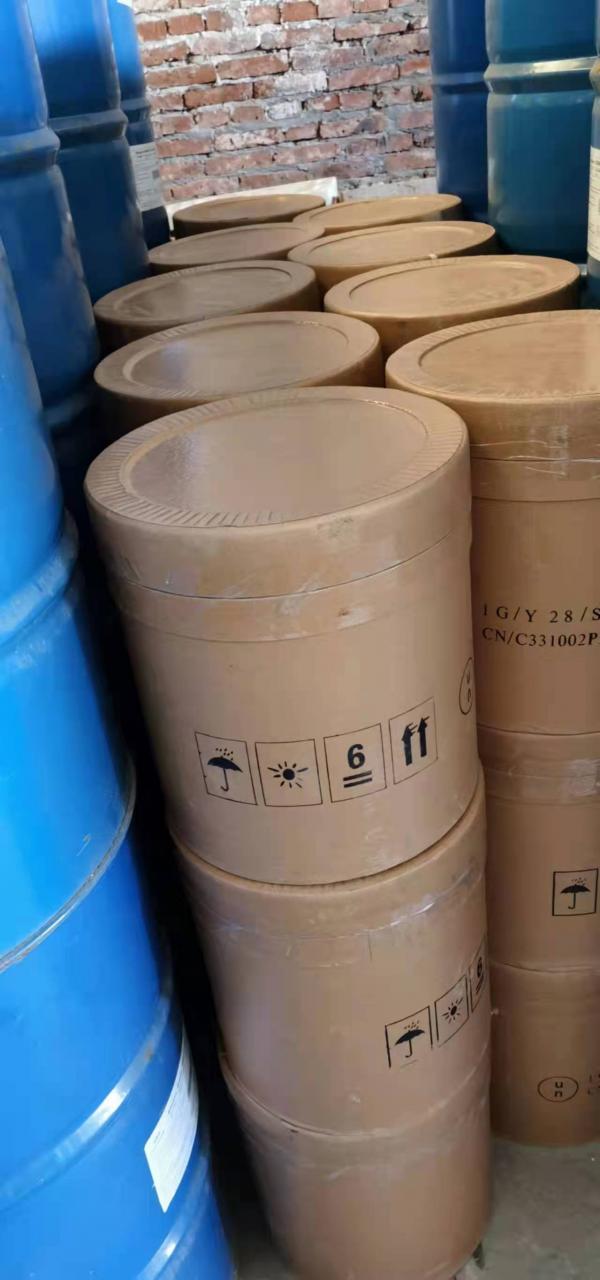1. What is silicone oil
Silicon oil is a kind of organic silicone surfactant. It was first called Foaming Spirit in China and Silicone surfactant in foreigners. Taiwanese and Hong Kong people are called Silicoe. Later, the Chinese usually called it foam stabilizer or foam stabilizer. This type of surfactant can be divided into Si-O-C type and Si-C type. The Si-C bond does not hydrolyze, but the Si-O-C bond is easily hydrolyzed under strong acid or alkali conditions. The foam stabilizer prepared using this connection method is not suitable for formulating composite materials because it interacts with the tertiary amine catalyst and After the water mixture is stored for a period of time, the product will lose its foam-stabilizing effect due to the hydrolysis of the Si-O-C bond. Therefore, foam leveling agents used for hard foam, semi-hard foam, and high resilience are generally Si-C type. Its structure is generally:

In short, we say: silicone oil is a kind of oil that can make the foam rise stably during the foaming process, make the foam rise steadily without collapsing, and make the cell structure uniform and fine without breaking the foam. Silicone oil additives. Ten years ago, the domestic production of silicone oil was relatively low, and it did not enter the high-end market. The market was mainly controlled by European and American countries. After the efforts of the Chinese people over the years, the current market for hard foam silicone oil is mainly produced by domestic companies, and a series of products are supplied from low-end to high-end, from insulation to refrigerators. For example, our Dongjun Chemical produces more than 2,000 tons of silicone oil every year, of which more than 500 tons are exported, and the export volume is still rising. Many products are exported to European and American markets.
2. The role of silicone oil
Simply speaking, the function of silicone oil is to enable the foaming system to foam, to hold the foam stably, to make the foamed cells fine and uniform, and to have a high closed cell rate. Without silicone oil, the foam will collapse and there will be no foam.
There is a set of pictures below where you can directly see the difference in the foaming process with and without silicone oil (the picture on the right has silicone oil added).

So how does silicone oil control cells? The main aspects are as follows:
2.1 Emulsification
Silicon oil is an emulsifier, with one end being lipophilic and the other end hydrophilic, which enables the various components in the white material (especially polyether, polyester, and foaming agent) to form a uniform and stable consistency during the mixing process. solution so that the combined materials do not stratify. As shown below:
In addition, during the mixing process of black and white materials, it can also play a certain role in making the black and white materials evenly mixed. We all know that the more uniformly the black and white materials are mixed, the more complete the reaction will be, the more uniform the cells of the resulting foam will be, the better the fluidity will be, and the smaller the density distribution gradient will be.
2.2 Nucleation
As soon as the reaction occurs, the silicone oil reduces the surface tension of the system, causing the mixed air to form a certain number of bubble nuclei when the system is stirred. During the foaming process, the nucleated bubble nuclei will form. It acts like a “seed crystal”, allowing the foam to form smoothly and gradually grow in size. If the foam cannot form a bubble core, it will not form a uniform foam. Just like we blow soap bubbles, no one can blow out a string of bubbles without adding some washing powder or detergent. Only by adding a little washing powder can we blow out colorful bubbles.
2.3 The role of foam stabilization
The foam is very small when it first forms. As the foaming reaction proceeds, the foam continues to grow, and gas continues to enter the bubble. During the process before the foam is cured, the foam is still very fragile and will break if you are not careful. Silicone oil is a surfactant. With the presence of silicone oil, it can be oriented and arranged on the surface of the foam to protect the foam and avoid It prevents the merging of bubbles to stabilize the bubbles and prevent them from bursting, merging, and endless expansion, thereby ensuring the formation of independent bubbles;
On the other hand, silicone oil can dissolve the urea formed by the reaction between black material (MDI) and water, thereby making the tension of the bubble wall uniform and without stress points, ensuring that the foam does not break until the foam solidifies to form a uniform high closed cell structure. Foam.
<img decoding="async" class="alignnone size-full wp-image-1621" src="https://www.bdma.com.cn/wp-content/uploads/2022/12/1668585408478.jpg" width="1000" height="701" srcset="https://www.bdma.com.cn/wp-content/uploads/2022/12/16685854084If the standard is not the same, the quality will be uneven, and the price will also vary greatly. The cheaper ones may be about the same price as polyether 4110, while the more expensive ones may cost 70 to 80 yuan per kilogram.
I can tell you here that the price of hard foam silicone oil is more reasonable at 25 to 50 yuan/kg, because the cost is there, believe it or not, it is there! Real silicone oil is used as an additive How is it possible that the price is similar to that of 4110? The most basic silicone raw materials are more than 30 yuan, plus transportation, processing, and making silicone oil, you still have to make some money! Has the price of catalyst been higher than 4110? Some people The silicone oil we use is very cheap. I advise everyone to think carefully about why silicone oil is so cheap. Why?
We all work in factories. What do you think when your customer says that the combination of ingredients I use from another company is 2,000 yuan cheaper than the one from your company? You will definitely wonder whether the ingredients in this combination are all glycerin or not. Castor oil or… Adding polyester is not cheap!!! Some people say that I use other people’s cheap stuff, but it’s no problem anyway. But I still hope that when you use cheap silicone oil, add 0.5 parts of silicone oil and bake it at 60°C for 5 days. After foaming, compare the changes in the cells with the more expensive silicone oil, and then determine whether there is any difference between the two silicone oils. Under normal circumstances, adding 2 parts of silicone oil may not cause any problem, but we must prevent unexpected situations. For better silicone oil, the dosage can be reduced, but the benefits will be the same for the compound material factory. Some people say, I dare not add less, for fear of causing problems, so if you add more cheap silicone oil, you must have added more silicone oil, not necessarily!! You dare not add less, but you dare to add cheap silicone oil!!
Cheap dishes are most likely fried in gutter oil; cheap rice is likely to be added with plastic particles; cheap noodles may be added with talcum powder. I don’t know if you believe it or not, but I do!!
To sum up the above:
1. Silicone oil is a key additive in the composite material or in the foaming process. It is not used much but has a great effect. Without silicone oil, the foam will collapse, and if the silicone oil fails, the foam will collapse.
2. The quality and price of silicone oil are related. You get what you pay for. If you want to buy meat for the price of tofu, the possibility is very small. If you are smart, others are not stupid.
3. The functions of silicone oil: emulsification, nucleation, foam stabilization, and flow.
4. When purchasing silicone oil, you must indicate your purpose when purchasing silicone oil. Silicone oil manufacturers can help you choose the right product based on your requirements and the characteristics of their company’s products.
5. Inspection of silicone oil: It is best to use the reduction method for application experiments when testing silicone oil, which is more representative. The apparent physical property indicators cannot represent the actual effect of silicone oil.
6. The dosage of silicone oil: 1.5-3.5% of polyether + polyester. Our company’s silicone oil generally recommends a dosage of 1.5-2.5%;
7. If there is a problem with the combination material, do not rush to conclusions, and do not say that there must be a problem with the silicone oil. To analyze carefully, I suggest every engineer develop good habits and use clean utensils to seal samples every time raw materials come in. In this way, even if a problem occurs, you can take out the sealed samples and analyze them one by one. Otherwise, if you find the problem but cannot find the root cause, it is not a hurry! Before shipping, you should also keep samples of your products to observe the stability. When customers have complaints, the reasons can also be analyzed.